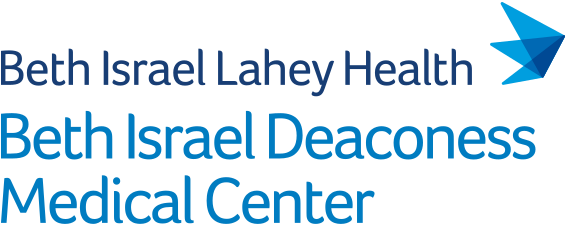Induced oncoproteins degradation provides an attractive anti-cancer modality. Activation of anaphase-promoting complex (APC/CCDH1) prevents cell-cycle entry by targeting crucial mitotic proteins for degradation. Phosphorylation of its co-activator CDH1 modulates the E3 ligase activity, but little is known about its regulation after phosphorylation and how to effectively harness APC/CCDH1 activity to treat cancer. Peptidyl-prolyl cis-trans isomerase NIMA-interacting 1 (PIN1)-catalyzed phosphorylation-dependent cis-trans prolyl isomerization drives tumor malignancy. However, the mechanisms controlling its protein turnover remain elusive. Through proteomic screens and structural characterizations, we identify a reciprocal antagonism of PIN1-APC/CCDH1 mediated by domain-oriented phosphorylation-dependent dual interactions as a fundamental mechanism governing mitotic protein stability and cell-cycle entry. Remarkably, combined PIN1 and cyclin-dependent protein kinases (CDKs) inhibition creates a positive feedback loop of PIN1 inhibition and APC/CCDH1 activation to irreversibly degrade PIN1 and other crucial mitotic proteins, which force permanent cell-cycle exit and trigger anti-tumor immunity, translating into synergistic efficacy against triple-negative breast cancer.
Publications by Year: 2024
2024
RNA polymerase II (Pol II) has a highly conserved domain, the trigger loop (TL), that controls transcription fidelity and speed. We previously probed pairwise genetic interactions between residues within and surrounding the TL for the purpose of understand functional interactions between residues and to understand how individual mutants might alter TL function. We identified widespread incompatibility between TLs of different species when placed in the Saccharomyces cerevisiae Pol II context, indicating species-specific interactions between otherwise highly conserved TLs and its surroundings. These interactions represent epistasis between TL residues and the rest of Pol II. We sought to understand why certain TL sequences are incompatible with S. cerevisiae Pol II and to dissect the nature of genetic interactions within multiply substituted TLs as a window on higher order epistasis in this system. We identified both positive and negative higher-order residue interactions within example TL haplotypes. Intricate higher-order epistasis formed by TL residues was sometimes only apparent from analysis of intermediate genotypes, emphasizing complexity of epistatic interactions. Furthermore, we distinguished TL substitutions with distinct classes of epistatic patterns, suggesting specific TL residues that potentially influence TL evolution. Our examples of complex residue interactions suggest possible pathways for epistasis to facilitate Pol II evolution.
In response to decreasing numbers of individuals entering into nephrology fellowships, the American Society of Nephrology launched Kidney TREKS (Tutored Research and Education for Kidney Scholars) to stimulate interest in nephrology among medical students, graduate students, and postdoctoral fellows. The program combines a one-week intensive exposure to kidney physiology with a longitudinal mentorship program at the participants' home institutions. Ten years in, an analysis was conducted to assess its effectiveness. We surveyed participants to assess their opinions regarding nephrology before and after the course and followed them longitudinally to determine their career choices. TREKS applicants who were not selected to participate were used as a comparison group. 381 people participated in the program and 242 completed the survey. After TREKS, both medical students and graduate students showed increased interest in nephrology, with rank scores of 5.6±0.2 pre- to 7.5±0.1 post-course for medical students (mean ± standard deviation, n=189, p=0.001) and 7.3±0.3 to 8.7±0.3 (n=53, p=0.001) for graduate students. In long term follow-up, TREKS medical students chose a nephrology pipeline residency at a higher rate than medical students overall (57% vs. 31%, p=0.01) and TREKS applicants who did not participate (47% vs. 31%, p=0.04). Nephrology fellowship rates for these groups exceeded the general population but did not significantly differ between TREKS participants and applicants. PhD students and postdoctoral TREKS participants had a higher rate of participating in nephrology research compared to TREKS applicants (66% vs. 30%, p=0.01). In summary, the ASN Kidney TREKS program has demonstrated that it can improve interest in nephrology in the short term and increase the number of individuals going into nephrology careers. This long-term effect is most evident in PhD students and postdoctoral participants. Further study is needed to assess the impact of TREKS on enrollment in nephrology fellowship programs.
